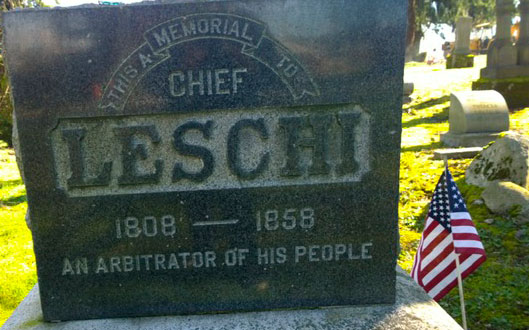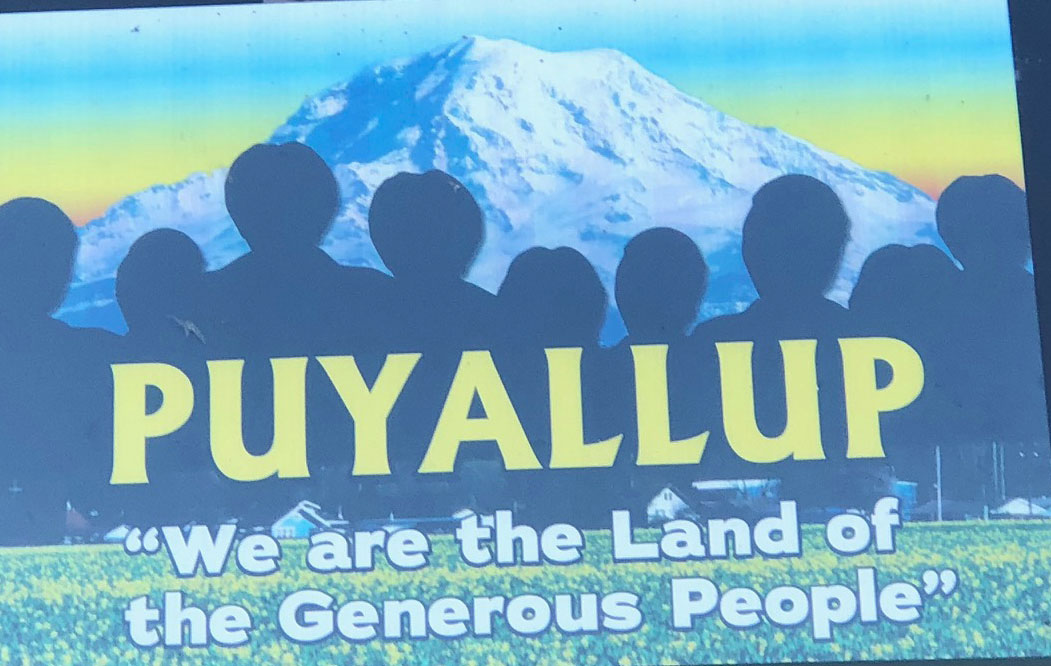By Morf Morford
Tacoma Daily Index
To put it mildly, we Americans have a convoluted, contradictory and sometimes conflicted view of our holidays.
The word “holiday” came originally from the term “holy day” which was a reflection of the sacred if not religious basis of most of our holidays – feast days, days of repentance (like Lent) or days of celebration (like Easter or Christmas).
Our holidays currently reflect our ambiguity – if not distance – from the origin or original purpose of any given holiday.
Did anyone make a mental note of appreciating labor unions over Labor Day?
Does anyone remember that “Veterans’ Day” (the eleventh day of the eleventh month) was originally “Armistice Day” – still commemorated in Europe. We, in the USA, are not as comfortable reflecting on the (human and financial) cost of war -we’d rather ignore any costs (or guilt) and praise our own power and real or potential violence. (1*)


Each holiday is unique, some are federal holidays (like Columbus Day). Some are school holidays (as Columbus Day was when I was in school). While some are almost ignored entirely (as Columbus Day is for most of us).
Some holidays are celebrated, some are “observed” (whatever that might mean). Few are seen in the context of their intent.
For the most part though, there is one consistent way that we celebrate our holidays – we have sales.
For better or worse, in our culture, money talks. And we listen far closer to money – and the money we can spend (or “save”) speaks far more loudly than any named holiday.
How do we celebrate President’s Day? St. Patrick’s Day? Cinco de Mayo? (2*)
Most of us “commemorate” these days by sleeping in, or eating and drinking a bit more than usual.
I’m not a big fan of Columbus and the holiday associated with him usually passes without much notice – schools, business and offices – except for federal – stay open.
Several cities – and a few states – have made the barely noticeable move of shifting the emphasis on Columbus Day from the one who “discovered” to those who were here centuries, if not millennia, before European contact. (3*)
Tacoma is joining Seattle, Olympia, Portland and many other cites around the country (https://en.wikipedia.org/wiki/Indigenous_Peoples%27 _Day) in shifting the focus of a pivotal day in the founding of our country.


In many ways, I am glad to see this shift. Those of us in the Pacific Northwest who are not Native people live in the historic shadow of those who came before us – and whose lives and legacies continue barely noticeable to the vast majority of us.
We might see a casino from the freeway (or even step in now and then) but, for the most part, Native people are border-line invisible to most of us.
We are accustomed to the place names they have left us. From Puyallup, Yakima, Spokane and yes, Tacoma and Seattle, among many more from Sequim to Steilacoom, Chehalis and Snohomish, these names of peoples and individuals continue to live among us. (4*)
And yes, these communities still live among us. As a sign I saw recently in Victoria, BC, Canada put it “We are still here.”
I worked at a Tribal college (Northwest Indian College) first out of Bellingham (the Lummi Tribe) and then Puyallup for several years.
What struck me in both settings was the quiet resilience and resourcefulness of the Native people and the relative obliviousness of the greater non-Native population.


To put it mildly, I was impressed by Native peoples’ generosity and welcoming spirit. That attitude towards life has not always served them well, but it is certainly better than the fear-filled cynicism embraced by far too many of us who are not Native.
I can’t help feeling that millennia from now, we, the non-Native people will be long gone and the Native people will do what they have always done – persist under even the most difficult conditions.
And that is something we should certainly celebrate, and not just one day a year.
(1*) For more on how America redefined Armistice Day, take a look at this article – https://www.theguardian.com/commentisfree/2014/nov/11/us-observe-armistice-day-more-comfortable-war-than-peace.
(2*) Should we act “presidential” on President’s Day? Does drinking green beer on St. Patrick’s show respect for St. Patrick – or Ireland? St. Patrick’s Day, by the way, is an American holiday which has been slow to catch on in the land it purports to celebrate. Cinco de Mayo is absolutely NOT “Mexico’s 4th of July.” It too is a holiday celebrated in the USA and barely noted in Mexico – except by tourists.
(3*) For a time line on who celebrates Indigenous People’s Day, and when they started, look at this website – https://www.timeanddate.com/holidays/us/native-americans-day.
(4*) To see a more comprehensive list of Native place names in Washington state, look here – https://nativeamericannetroots.net/diary/1465. Many western state names, from Idaho to Colorado, Arizona and Utah have Native roots or influences.









